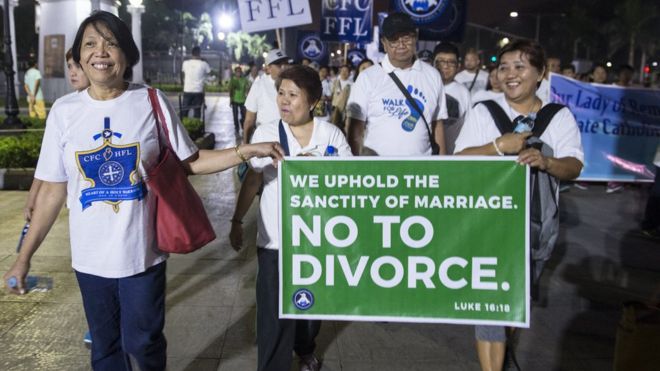HAVE MY SAY
My column in Mindanao Daily
I CAN be a reluctant socialiser. I’m sometimes secretly pleased when social plans are called off. I get restless a few hours into a hangout. Maybe, I'll not be invited any more. Or not such often.... I even once went on a free 10-day silent meditation retreat – not for the meditation, but for the silence.
So I can relate to author Anneli Rufus, who recounted in Party of One: The Loners’ Manifesto: “When parents on TV shows punished their kids by ordering them to go to their rooms, I was confused. I loved my room. Being there behind a locked door was a treat. To me a punishment was being ordered to play Yahtzee with my cousin Louis.”
Several years ago in one of my write-ups, I wrote about loneliness or in other words: splendid isolation.
Asocial tendencies like these are often far from ideal. Abundant research shows the harms of social isolation, considered a serious public health problem in countries that have rapidly ageing populations (though talk of a ‘loneliness epidemic’ may be overblown). In the UK, the Royal College of General Practitioners says that loneliness have the same risk level of premature death as diabetes. Strong social connections are important for cognitive functioning, motor function and a smoothly running immune system.
This is especially clear from cases of extreme social isolation. Examples of people kept in captivity, children kept isolated in abusive orphanages, and prisoners kept in solitary confinement all show how prolonged solitude can lead to hallucinations and other forms of mental instability.
But these are severe and involuntary cases of aloneness. For those of us who just prefer plenty of alone time, emerging research suggests some good news: there are upsides to being reclusive – for both our work lives and our emotional well-being.
Social anxiety is the single most common psychological problem according to innumerable survey results worldwide. The Magnificent, gorgeous and excellent isolation, resulting out of being nervous when meeting people is really the opposite. The state of being isolated reminds me of being in a hospital with an infectious disease.
Does the project of giving a speech or going to a social gathering give you the willies?
Relax, there are always ways and solutions to help you by teaching you "never to be nervous again."
I have been always the most silent pupil in elementary and high school. I was ashamed even to talk to or with my teachers. Several terrible school records have been the result. But, I wanted to become a journalist. I am still one. And, I am teaching in Davao at the University of Southeastern Philippines, as some of you might know already.
During college times and while writing my first articles, I learned from my first boss, a daily news publisher, to avoid being nervous while meeting people. I was always prepared. Preparation for any communicating situation is a must. I have been invited to many parties and gatherings. I always asked for the guest list. I scanned all newspapers and browsed in the net.
One key benefit is improved creativity. Gregory Feist, who focuses on the psychology of creativity at California’s San Jose State University, has defined creativity as thinking or activity with two key elements: originality and usefulness. He has found that personality traits commonly associated with creativity are openness (receptiveness to new thoughts and experiences), self-efficacy (confidence), and autonomy (independence) – which may include “a lack of concern for social norms” and “a preference for being alone”. In fact, Feist’s research on both artists and scientists shows that one of the most prominent features of creative folks is their lesser interest in socialising.
One reason for this is that such people are likely to spend sustained time alone working on their craft. Plus, Feist says, many artists “are trying to make sense of their internal world and a lot of internal personal experiences that they’re trying to give expression to and meaning to through their art.” Solitude allows for the reflection and observation necessary for that creative process.
A recent vindication of these ideas came from University at Buffalo psychologist Julie Bowker, who researches social withdrawal. Social withdrawal usually is categorised into three types: shyness caused by fear or anxiety; avoidance, from a dislike of socialising; and unsociability, from a preference for solitude.
There are gender and cultural variation, of course. For instance, some research suggests that unsociable children in China have more interpersonal and academic problems than unsociable kids in the West. Bowker says that these differences are narrowing as the world becomes more globalized.
Still, it turns out that solitude is important for more than creativity. Since ancient times, meanwhile, people have been aware of a link between isolation and mental focus. After all, cultures with traditions of religious hermits believe that solitude is important for enlightenment.
Recent research has given us a better understanding of why. One benefit of unsociability is the brain’s state of active mental rest, which goes hand-in-hand with the stillness of being alone. When another person is present, your brain can’t help but pay some attention. This can be a positive distraction. But it’s still a distraction.
Daydreaming in the absence of such distractions activates the brain’s default-mode network. Among other functions, this network helps to consolidate memory and understand others’ emotions. Giving free rein to a wandering mind not only helps to focus in the long term, but strengthens your sense of both yourself and others. Paradoxically, therefore, periods of solitude actually help when it comes time to socialise once more. And the occasional absence of focus ultimately helps concentration in the long run.
L learned, if your personality tends toward un-sociability, you shouldn’t feel the need to change. Of course, that comes with caveats. But as long as you have regular social contact, you are choosing solitude rather than being forced into it, you have at least a few good friends and your solitude is good for your well-being or productivity, there’s no point agonizing over how to fit a square personality into a round hole.
So feel free to de-clutter your social calendar. It’s psychologist-approved.











